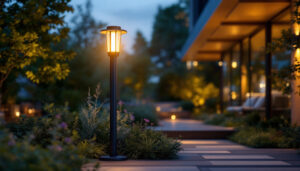
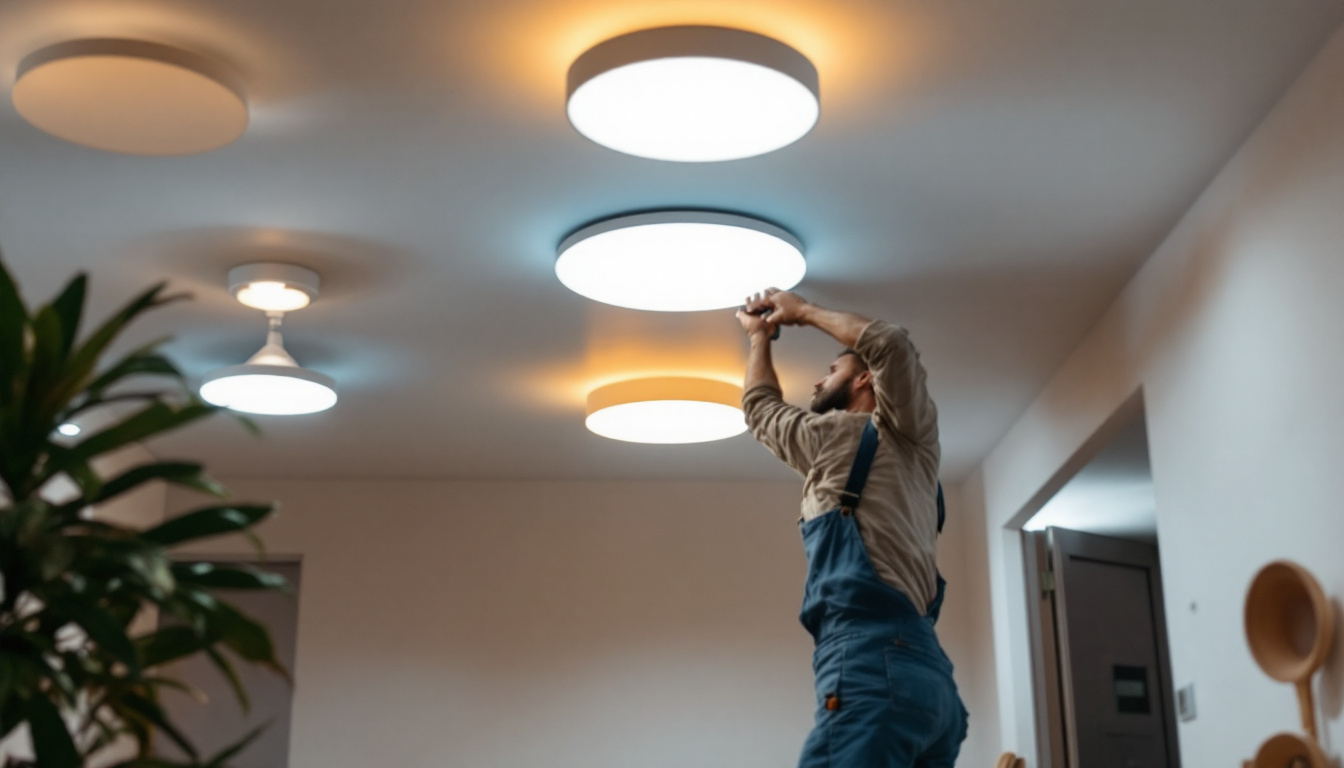
ceiling can lights, also known as recessed lights or downlights, have become a staple in modern lighting design. For lighting contractors, understanding the intricacies of these fixtures is essential for delivering quality installations that meet client expectations. This comprehensive handbook explores the various aspects of ceiling can lights, from types and installation techniques to energy efficiency and design considerations.
Ceiling can lights are fixtures that are installed into a hollow opening in the ceiling, allowing for a sleek, unobtrusive look. They can be used in a variety of settings, including residential homes, commercial spaces, and even outdoor areas. Their versatility and aesthetic appeal make them a popular choice among homeowners and designers alike. The ability to direct light where it is needed most enhances both functionality and ambiance, making these fixtures ideal for tasks ranging from reading to entertaining.
Moreover, the integration of smart lighting technology has further elevated the appeal of ceiling can lights. Homeowners can now control brightness and color temperature through mobile apps or voice commands, allowing for a customized lighting experience that can adapt to different moods and activities. This modern twist on traditional lighting not only improves convenience but also contributes to energy efficiency, as users can easily adjust settings to minimize energy consumption when full lighting is unnecessary.
There are several types of ceiling can lights available, each designed for specific applications. The most common types include:
Understanding the components of ceiling can lights is crucial for contractors. The main elements include:
Additionally, the choice of light source can significantly impact the quality of light produced. For instance, LED options are available in various color temperatures, allowing users to select a warm white for cozy spaces or a cooler white for task-oriented areas like kitchens and offices. This flexibility in lighting can enhance the functionality of a room while also contributing to its overall mood and aesthetic appeal.
Proper installation of ceiling can lights is vital for achieving optimal performance and safety. Here are some essential techniques to consider:
Before installation, planning the layout is crucial. Consider the following:
Using a lighting design software can help visualize the layout and ensure an even distribution of light. Additionally, it’s beneficial to take into account any existing architectural features, such as beams or ductwork, which may affect the placement of your fixtures. For instance, if you’re lighting a kitchen, you may want to position can lights directly over work areas like countertops and islands to provide focused illumination where it’s needed most. In contrast, living rooms may benefit from a more ambient approach, where lights are spaced to create a warm and inviting atmosphere.
Electrical work must comply with local codes and regulations. Key points to keep in mind include:
It’s also wise to consider the type of bulbs you plan to use in your can lights, as LED options can significantly reduce energy consumption and heat output compared to traditional incandescent bulbs. This not only contributes to a lower electric bill but also enhances safety by minimizing the risk of overheating, particularly in enclosed spaces. Furthermore, if you’re integrating smart home technology, selecting compatible fixtures can open up a range of possibilities for remote control and automation of your lighting system.
The installation process generally follows these steps:
During the installation, it’s important to take your time and double-check each step to avoid any mistakes that could lead to issues down the line. For example, ensuring that the housing is properly secured will prevent any rattling or movement that could affect the light’s performance. Additionally, consider using a stud finder to avoid any hidden plumbing or electrical lines when cutting holes in the ceiling. After installation, don’t forget to clean the fixtures and trim to remove any dust or debris that may have accumulated during the process, ensuring they shine brightly once powered on.
As energy efficiency becomes increasingly important, contractors must be knowledgeable about the options available for ceiling can lights. LED fixtures are leading the way in sustainable lighting solutions.
LED can lights offer numerous advantages over traditional incandescent and halogen bulbs, including:
Many regions have adopted energy codes that require the use of energy-efficient lighting. Familiarity with these codes is essential for contractors to ensure compliance and avoid penalties. Staying updated on local regulations can also provide a competitive edge in the market.
The aesthetic appeal of ceiling can lights is just as important as their functionality. Here are some design considerations to keep in mind:
The trim of can lights can significantly influence the overall look of a space. Options include:
Choosing the right color temperature is crucial for setting the mood in a space. Common options include:
Even experienced contractors may encounter challenges when working with ceiling can lights. Here are some common issues and their solutions:
One of the most common complaints is insufficient lighting. To address this, consider:
Overheating can lead to fixture failure and potential fire hazards. To prevent this:
The lighting industry is constantly evolving, and staying informed about trends can help contractors remain competitive. Here are a few trends to watch:
Smart home technology is becoming increasingly popular, and integrating ceiling can lights with smart systems can enhance functionality. Features may include:
As consumer preferences shift towards personalization, offering customizable can light options can set contractors apart. This may include:
Ceiling can lights are an essential component of modern lighting design, offering versatility, efficiency, and aesthetic appeal. For lighting contractors, understanding the various types, installation techniques, and design considerations is crucial for delivering high-quality work. By staying informed about energy efficiency, common challenges, and emerging trends, contractors can ensure they meet the evolving needs of their clients.
With the right knowledge and skills, ceiling can lights can transform any space, providing both functionality and style. As the industry continues to evolve, embracing innovation and sustainability will be key to success in the competitive lighting market.
Ready to elevate your lighting projects with the best in ceiling can lights? Look no further than LumenWholesale, where we offer an exceptional range of spec-grade lighting products at wholesale prices that simply can’t be beaten. Say goodbye to local distributor markups and hello to superior lighting solutions that meet the highest industry standards. With free shipping on bulk orders, you can stock up on high-performance lighting while enjoying the ultimate in value and convenience. Don’t compromise on quality or cost. Wholesale Lighting at the Best Value is just a click away. Upgrade your lighting game with LumenWholesale today.
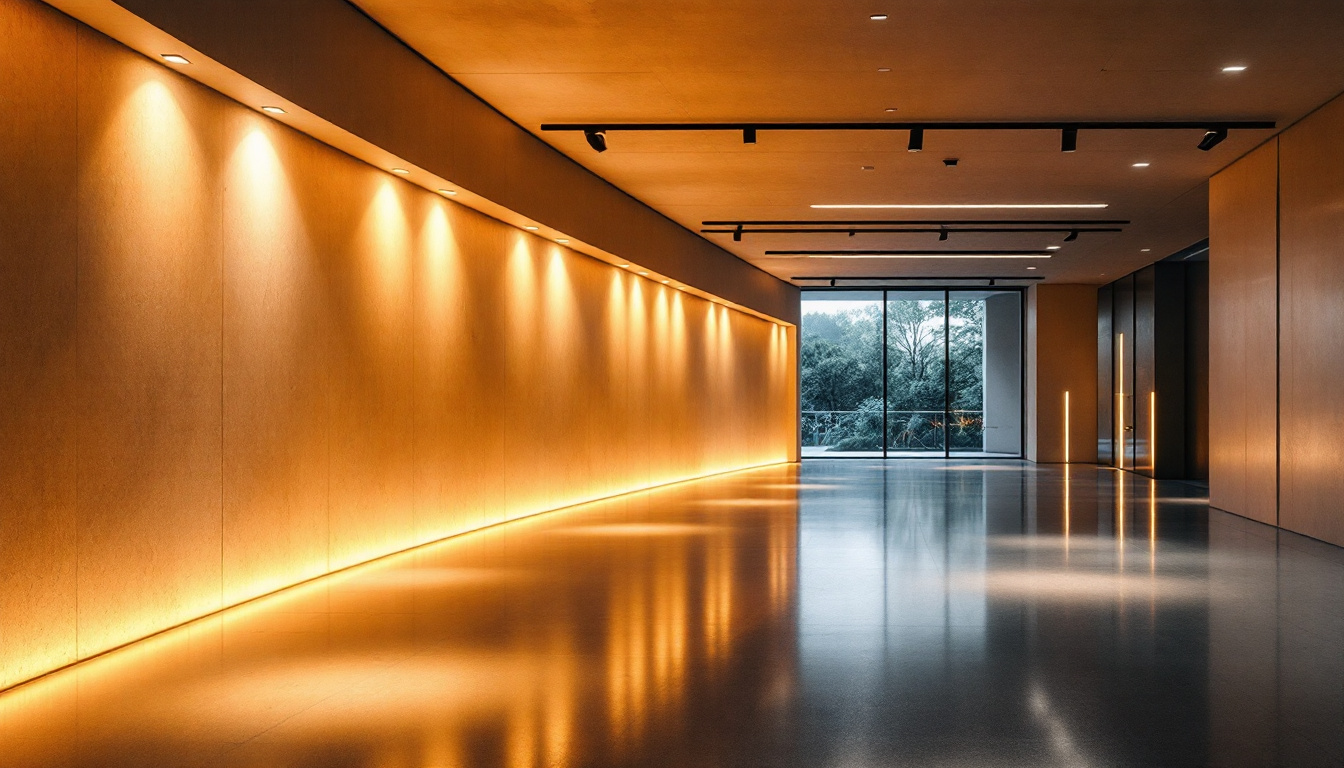
Discover innovative hacks and strategies for smart lighting contractors to enhance architectural area lighting.
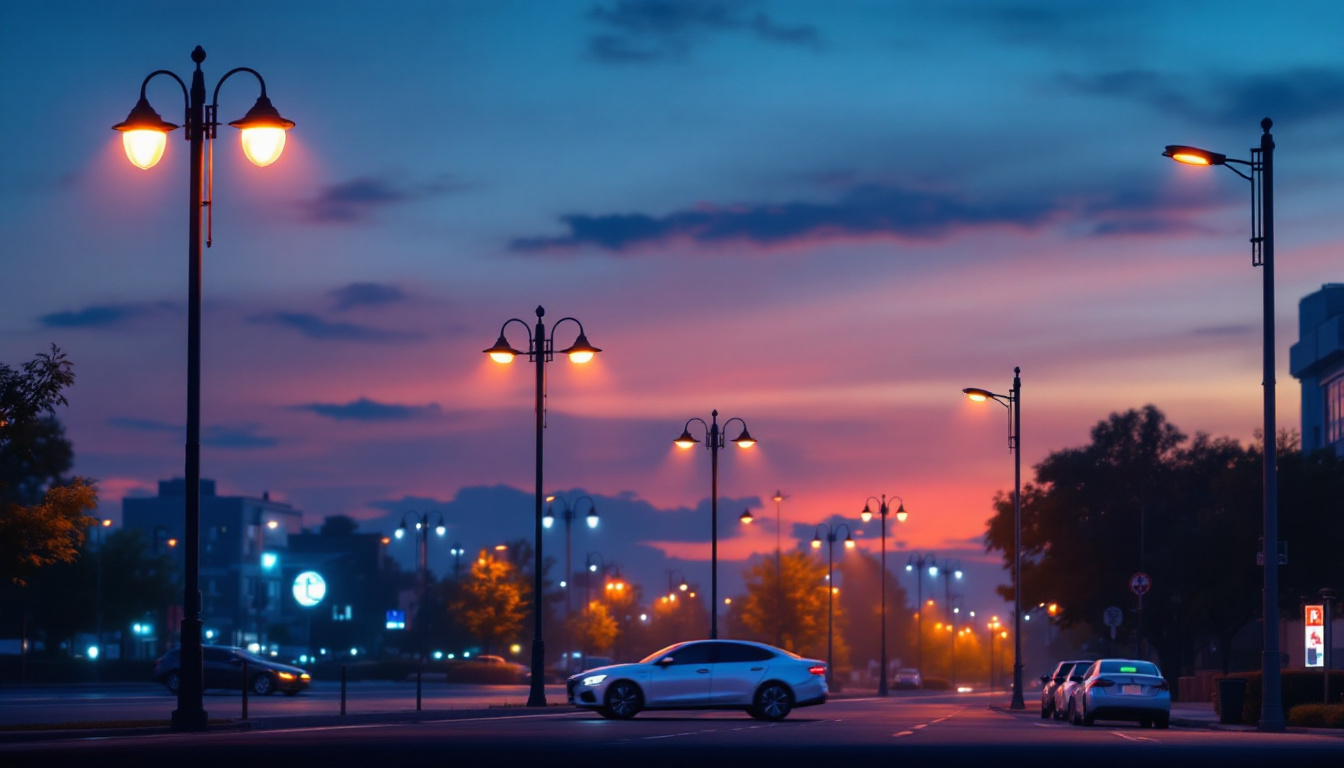
Discover essential insights for lighting contractors in our comprehensive guide on light poles.

Discover the essential steps lighting contractors need to master wire connectors, enhancing efficiency and safety on the job.
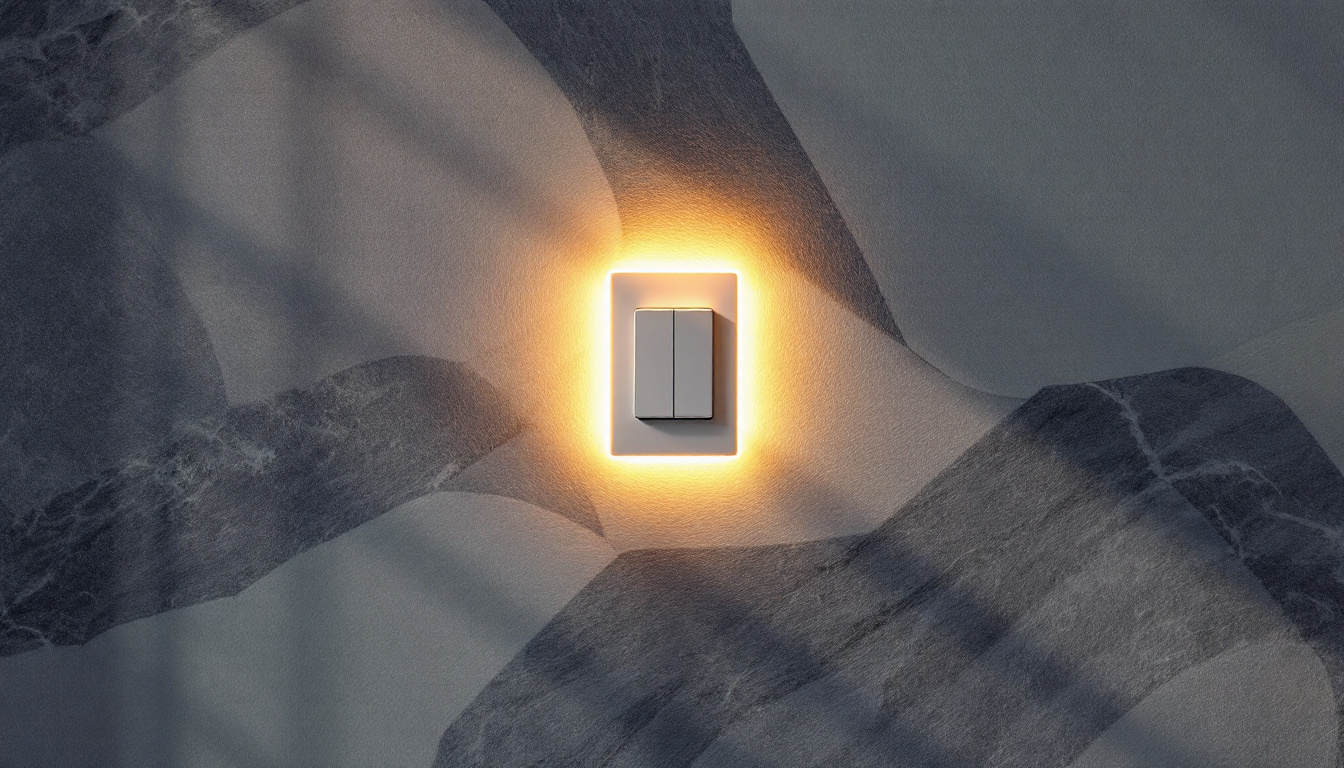
Discover how electric switches are revolutionizing lighting design and installation, offering innovative solutions for smarter, more efficient homes.
Get notified when NEW deals are released.
Optimize your budget with wholesale discounts.
Only top-quality, specification-grade lighting products.
No additional costs at checkout - what you see is what you pay.
We understand the unique needs of contractors.